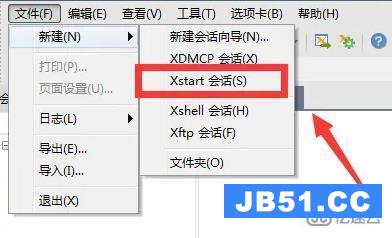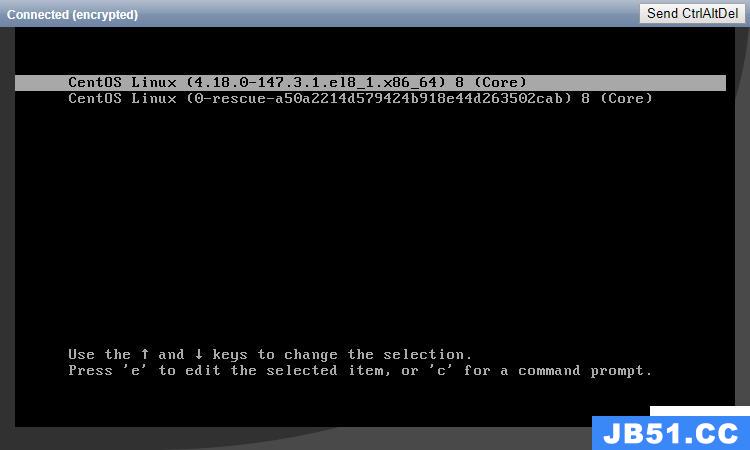# ansible -h
Usage: ansible <host-pattern> [options]
Define and run a single task 'playbook' against a set of hosts
Options:
-a MODULE_ARGS, --args=MODULE_ARGS
module arguments
--ask-vault-pass ask for vault password
-B SECONDS, --background=SECONDS
run asynchronously, failing after X seconds
(default=N/A)
-C, --check don't make any changes; instead, try to predict some
of the changes that may occur
-D, --diff when changing (small) files and templates, show the
differences in those files; works great with --check
-e EXTRA_VARS, --extra-vars=EXTRA_VARS
set additional variables as key=value or YAML/JSON, if
filename prepend with @
-f FORKS, --forks=FORKS
specify number of parallel processes to use
(default=5)
-h, --help show this help message and exit
-i INVENTORY, --inventory=INVENTORY, --inventory-file=INVENTORY
specify inventory host path or comma separated host
list. --inventory-file is deprecated
-l SUBSET, --limit=SUBSET
further limit selected hosts to an additional pattern
--list-hosts outputs a list of matching hosts; does not execute
anything else
-m MODULE_NAME, --module-name=MODULE_NAME
module name to execute (default=command)
-M MODULE_PATH, --module-path=MODULE_PATH
prepend colon-separated path(s) to module library
(default=[u'/root/.ansible/plugins/modules',
u'/usr/share/ansible/plugins/modules'])
-o, --one-line condense output
--playbook-dir=BASEDIR
Since this tool does not use playbooks, use this as a
subsitute playbook directory.This sets the relative
path for many features including roles/ group_vars/
etc.
-P POLL_INTERVAL, --poll=POLL_INTERVAL
set the poll interval if using -B (default=15)
--Syntax-check perform a Syntax check on the playbook, but do not
execute it
-t TREE, --tree=TREE log output to this directory
--vault-id=VAULT_IDS the vault identity to use
--vault-password-file=VAULT_PASSWORD_FILES
vault password file
-v, --verbose verbose mode (-vvv for more, -vvvv to enable
connection debugging)
--version show program's version number and exit
Connection Options:
control as whom and how to connect to hosts
-k, --ask-pass ask for connection password
--private-key=PRIVATE_KEY_FILE, --key-file=PRIVATE_KEY_FILE
use this file to authenticate the connection
-u REMOTE_USER, --user=REMOTE_USER
connect as this user (default=None)
-c CONNECTION, --connection=CONNECTION
connection type to use (default=smart)
-T TIMEOUT, --timeout=TIMEOUT
override the connection timeout in seconds
(default=10)
--ssh-common-args=SSH_COMMON_ARGS
specify common arguments to pass to sftp/scp/ssh (e.g.
ProxyCommand)
--sftp-extra-args=SFTP_EXTRA_ARGS
specify extra arguments to pass to sftp only (e.g. -f,
-l)
--scp-extra-args=SCP_EXTRA_ARGS
specify extra arguments to pass to scp only (e.g. -l)
--ssh-extra-args=SSH_EXTRA_ARGS
specify extra arguments to pass to ssh only (e.g. -R)
Privilege Escalation Options:
control how and which user you become as on target hosts
-s, --sudo run operations with sudo (nopasswd) (deprecated, use
become)
-U SUDO_USER, --sudo-user=SUDO_USER
desired sudo user (default=root) (deprecated, use
become)
-S, --su run operations with su (deprecated, use become)
-R SU_USER, --su-user=SU_USER
run operations with su as this user (default=None)
(deprecated, use become)
-b, --become run operations with become (does not imply password
prompting)
--become-method=BECOME_METHOD
privilege escalation method to use (default=sudo),
valid choices: [ sudo | su | pbrun | pfexec | doas |
dzdo | ksu | runas | pmrun | enable | machinectl ]
--become-user=BECOME_USER
run operations as this user (default=root)
--ask-sudo-pass ask for sudo password (deprecated, use become)
--ask-su-pass ask for su password (deprecated, use become)
-K, --ask-become-pass
ask for privilege escalation password
Some modules do not make sense in Ad-Hoc (include, Meta, etc)





